Royal pleco - Panaque nigrolineatus
Scientific name: Panaque nigrolineatus
Common name: Royal pleco
Family: Loricariidae
Usual size in fish tanks: 38 - 43 cm (14.96 - 16.93 inch)
014
Recommended pH range: 6.7 - 7.5
Recommended water hardness: 4 - 15°N (71.43 - 267.86ppm)
0°C 32°F30°C 86°F
Recommended temperature range: 22 - 27 °C (71.6 - 80.6°F)
The way how these fish reproduce: Spawning
Where the species comes from: South America
Temperament to its own species: peaceful
Temperament toward other fish species: peaceful
Usual place in the tank: Bottom levels
General Information
The Royal pleco (Panaque nigrolineatus) is a large loricariid from the Orinoco and parts of the Amazon basin (Brazil, Colombia, Venezuela). It’s famous as one of the few fishes that truly ingest and digest wood (xylivory) with help from gut microbes. Verified maximum size is about 43 cm SL (≈16.9″; larger in TL). Plan for an adult big fish footprint and heavy filtration.
Food & Feeding
Driftwood is non-negotiable. Provide multiple chunks/branches for constant rasping; this species relies on wood fiber and aufwuchs as a major dietary component. Supplement with plant-rich sinking wafers/pellets, spirulina, and blanched veg (zucchini, cucumber, peas). Offer protein (mysis, shrimp, bloodworms) sparingly. Expect copious “sawdust” waste—tune filtration accordingly. The wood diet and microbiome are well-documented in studies of P. nigrolineatus.
Sexing
Reliable external dimorphism is limited. As in many ancistrine plecos, experienced keepers may use genital papilla shape on mature fish (female blunt/rounded vs. male smaller/pointed), but this is not foolproof. Overall head width/odontode development can vary and is not a consistent field mark for this species.
Breeding
No verified natural home-aquarium spawnings are documented for P. nigrolineatus. Hobby reports discuss experimental hormone induction, but routine captive breeding for the hobby is essentially unreported. Assume your specimen is wild-collected unless stated otherwise.
Lifespan
Commonly cited at 10–12 years with excellent care—large systems, high oxygen, clean water, and constant access to wood.
Tank Requirements & Water Parameters
- Volume & footprint: plan for ~500 L / 130 gal with a long footprint for a single adult; more for communities. Big bio-load from wood rasping demands oversized filtration and strong aeration/flow.
- Water: pH ~6.7–7.5, hardness ~4–15 °dH, temperature 22–27 °C (71.6–80.6 °F). Keep nitrate very low and oxygen high (riverine origin).
- Décor: deep sand/fine gravel plus substantial driftwood (primary feature); add rock for shade and lanes to cruise. Expect them to chew through branches over time.
- Maintenance: large, frequent water changes; prefiltering and mechanical stages to handle wood particulates.
Compatibility & Tank Mates
Generally peaceful toward dissimilar species; avoid bite-size fish that might be outcompeted at feeding. Can be territorial with conspecifics or similar wood-grazing plecos—provide multiple wood piles/caves and ample space if attempting groups. Works with robust characins, peaceful cichlids, and larger catfish in very spacious tanks.
Behaviour & Usual Place in the Tank
Bottom levels (nocturnal bentho-rover): hides by day under/inside wood; emerges to rasp wood and graze surfaces—often more diurnal once settled. Provide shaded retreats and open patrol lanes between wood stacks.
Identification Notes
The trade groups several “Royal” forms (L-numbers such as L190/L191/L027/L330). True P. nigrolineatus shows bold dark stripes/squiggles on a grey body; closely related forms and the subspecies P. n. laurafabianae (“watermelon pleco”) differ in spotting vs. striping and locality. Expect variation by collection area.
Short Description
Royal pleco (Panaque nigrolineatus) is a true wood-eating loricariid from the Orinoco and parts of the Amazon. Keep in a very large, high-oxygen, driftwood-rich aquarium with strong filtration; feed plant-heavy sinking foods and vegetables alongside constant wood access. Captive breeding in hobby tanks remains unproven.
Q&A
- Where exactly is it from? Orinoco and some Amazon tributaries across Brazil, Colombia, Venezuela.
- How big does it get? Up to about 43 cm SL in scientific records; adults are bulky and need a very large tank.
- Do they “need” wood? Yes—this species ingests/rasps wood and harbors gut microbes linked to cellulose breakdown; always provide driftwood.
- Breedable at home? No reliable home spawnings are documented; occasional discussions of induced methods exist but are not routine.
Pictures
Bought by aqua-fish.net from jjphoto.dk.
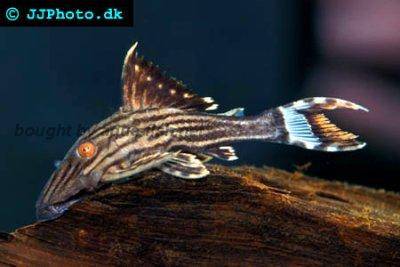





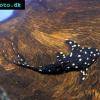 Adonis
Adonis 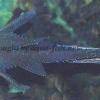 Lyre
Lyre 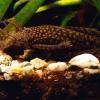 Bristlenose
Bristlenose 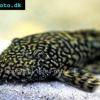 Gold
Gold 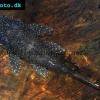 Bushymouth
Bushymouth 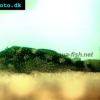 Spotted
Spotted 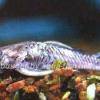 Medusa
Medusa 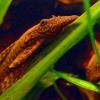 Bristlenose
Bristlenose 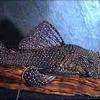 Starlight
Starlight 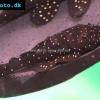 Spotted
Spotted 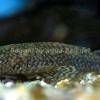 Catfish
Catfish 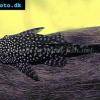 Bushynose
Bushynose 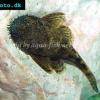 Bristlenose
Bristlenose 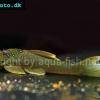 Green
Green 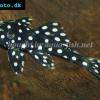 LDA-33
LDA-33 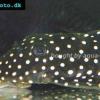 Snowflake
Snowflake 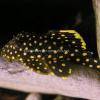 Gold
Gold 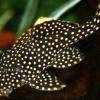 Gold
Gold 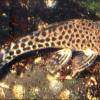 Bulldog
Bulldog 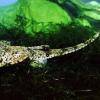 Dasyloricaria
Dasyloricaria 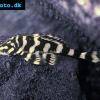 Butterfly
Butterfly 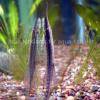 Whiptail
Whiptail 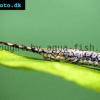 Amazon
Amazon 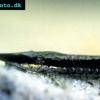 Twig
Twig 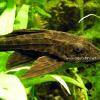 Spotted
Spotted 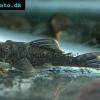 Spotted
Spotted 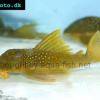 Lemon
Lemon 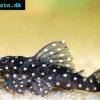 Pleco
Pleco 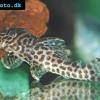 Peruvian
Peruvian 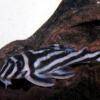 Zebra
Zebra 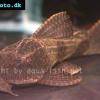 Pleco
Pleco 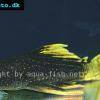 Hypostomus
Hypostomus 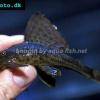 Pleco
Pleco 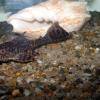 Suckermouth
Suckermouth 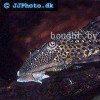 Spotted
Spotted  Woodeating
Woodeating 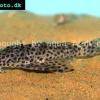 Golden
Golden 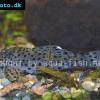 Sultan
Sultan 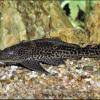 Multiradiatus
Multiradiatus 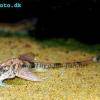 Marbled
Marbled 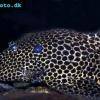 Pleco
Pleco 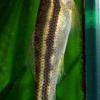 Dwarf
Dwarf 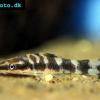 Dwarf
Dwarf 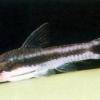 Dwarf
Dwarf 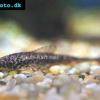 Oxyropsis
Oxyropsis 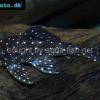 Orange
Orange 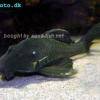 Blue
Blue 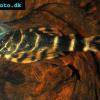 Clown
Clown 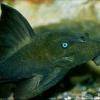 Blue
Blue 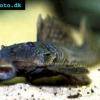 Rubber
Rubber 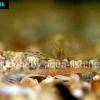 Goby
Goby 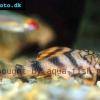 Wormline
Wormline 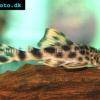 Para
Para 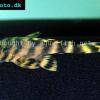 Tiger
Tiger 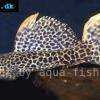 Leopard
Leopard 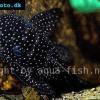 Spiny
Spiny 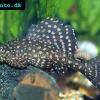 Marbled
Marbled 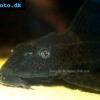 Amazon
Amazon 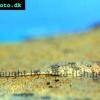 Common
Common 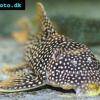 Sunshine
Sunshine 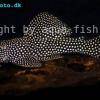 Golden
Golden